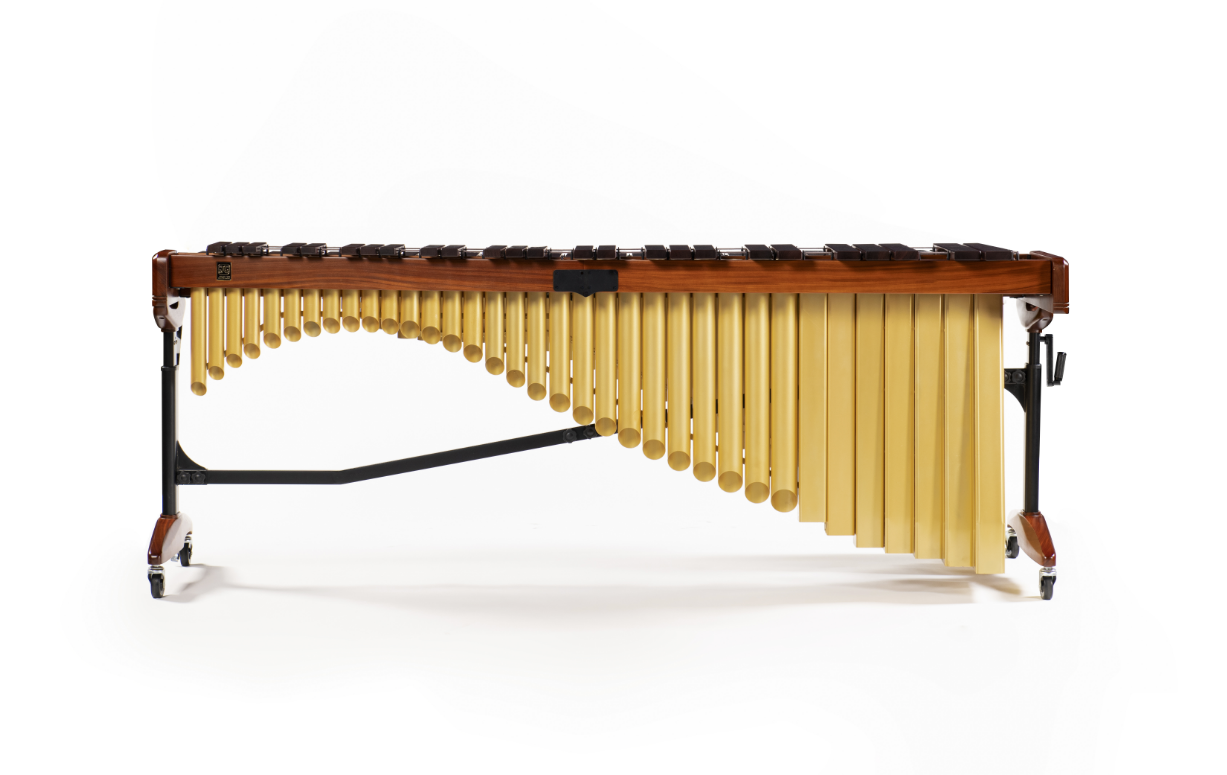Production Process of Xylophones and Marimbas
Material Selection and Wood Processing
Select high-quality hardwood (mainly rosewood or African redwood). The wood should undergo strict drying and treatment to ensure its moisture content is between 8%-12% to guarantee stability and sound quality.
Cutting and Drying the Wood
According to the design drawings, cut the wood into key blanks of different lengths and widths. Pay attention to the wood grain direction during cutting to ensure the resonance effect of the keys. Vacuum drying is a method of controlling the environmental temperature and humidity to further reduce the wood’s moisture content in a shorter time. The kiln drying process usually lasts for several weeks to ensure the wood’s moisture content reaches 8%-12%. After drying, the wood needs to be placed in a constant environment for some time to further stabilize its moisture content and internal stress. This step is crucial to ensure the long-term stability and sound quality of the wood.
Rough Processing and Preliminary Tuning
Use woodworking tools to rough process the key blanks, shaping them into preliminary key shapes and conducting preliminary tuning. At this stage, ensure that the general pitch and shape of the keys meet the design requirements.
Surface Treatment
Perform surface treatment on the processed keys, including sanding, polishing, and varnishing. The surface treatment should both protect the wood and enhance the aesthetics and feel of the keys.
Fine Processing and Tuning
In a constant temperature environment of 23°C, further sand the keys, adjust their thickness and curvature, and conduct fine tuning. Use professional tuning equipment during the tuning process to ensure the accurate pitch of each key. In addition to the fundamental tone, some keys must also tune overtones. We strive to achieve accurate intonation and good resonance.
Production of Resonance Tubes
According to the design drawings, cut the metal into resonator materials of different lengths and shapes, polish them, and apply a thin layer of paint before assembling them.
Quality Inspection
Conduct strict quality inspection on the completed keys, including pitch testing, resonance effect testing, and appearance inspection. Ensure that each key meets high production standards.

Assembly
Finally, we perform the assembly. After dozens of processes, a complete xylophone or marimba is ready.


